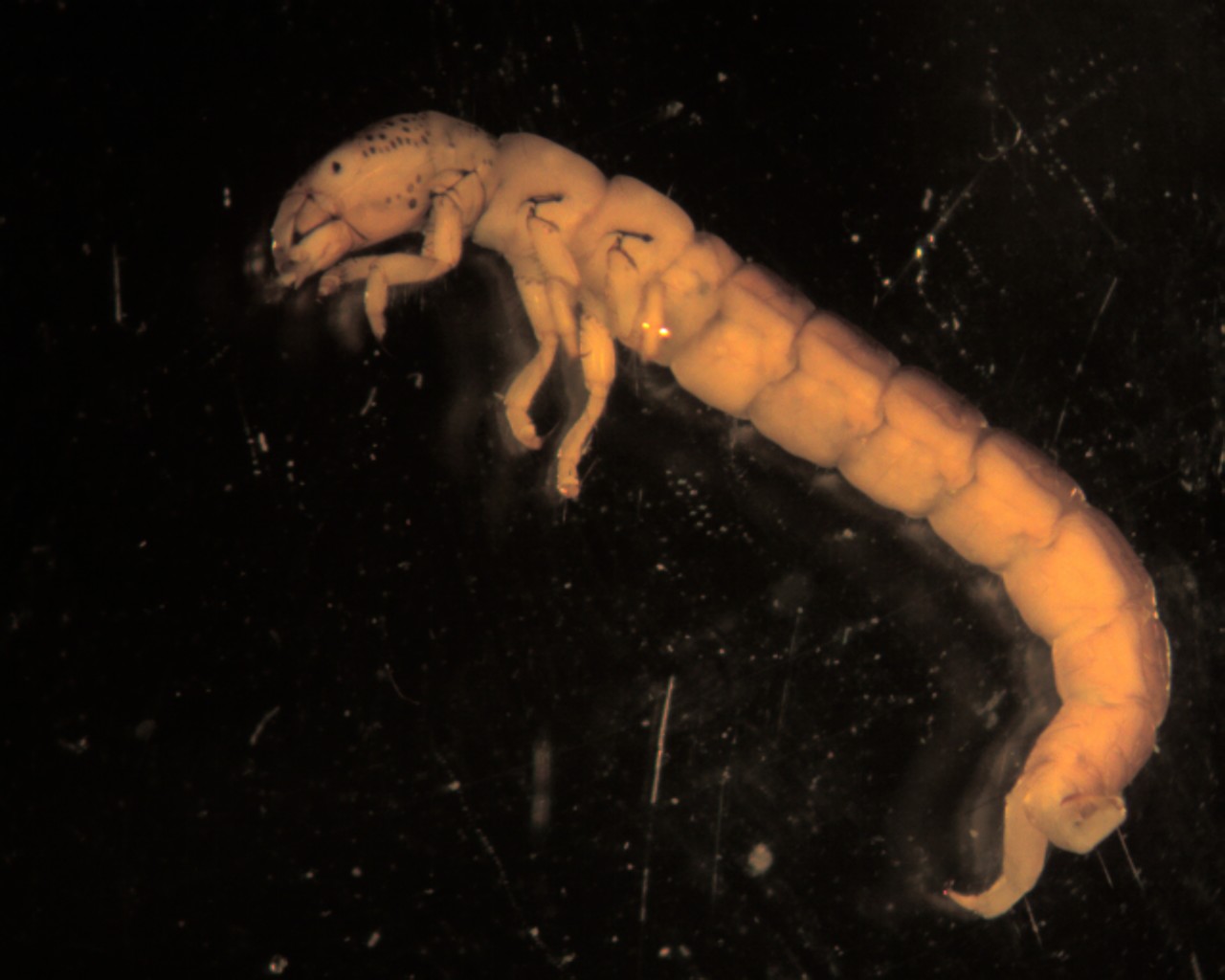Polycentropodidae on:
[Wikipedia]
[Google]
[Amazon]

 The Polycentropodidae are a
The Polycentropodidae are a

 The Polycentropodidae are a
The Polycentropodidae are a family
Family (from la, familia) is a Social group, group of people related either by consanguinity (by recognized birth) or Affinity (law), affinity (by marriage or other relationship). The purpose of the family is to maintain the well-being of its ...
of trumpet-net and tube-making caddisflies
The caddisflies, or order Trichoptera, are a group of insects with aquatic larvae and terrestrial adults. There are approximately 14,500 described species, most of which can be divided into the suborders Integripalpia and Annulipalpia on the b ...
. There are at least 30 genera and 720 described species in Polycentropodidae. The type genus
In biological taxonomy, the type genus is the genus which defines a biological family and the root of the family name.
Zoological nomenclature
According to the International Code of Zoological Nomenclature, "The name-bearing type of a nominal f ...
for Polycentropodidae is '' Polycentropus'' J. Curtis, 1835.
The larvae of this family construct complex silken tubes in which to live. These are short and flattened, and built in hollows in rocks or other submerged objects. They are surrounded by silken threads stretched across nearby surfaces. The larvae are carnivorous, remaining in the retreat until alerted by a small animal encountering a thread, and then rushing out to attack the prey
Predation is a biological interaction where one organism, the predator, kills and eats another organism, its prey. It is one of a family of common feeding behaviours that includes parasitism and micropredation (which usually do not kill the ...
. Members of the genus '' Polycentropus'' make slender, tubular structures among the tangled stems of aquatic plants, being alerted to the presence of prey that encounters the associated silken threads among the plants.
Genera
These 33 genera belong to the family Polycentropodidae: * '' Adectophylax'' Neboiss, 1982 i c g * '' Antillopsyche'' Banks, 1941 i c g * '' Archaeoneureclipsis'' Ulmer, 1912 g * '' Archaeopolycentra'' Botosaneanu & Wichard, 1983 g * '' Cernotina'' Ross, 1938 i c g b * '' Cyrnellus'' Banks, 1913 i c g * '' Cyrnodes'' Ulmer, 1910 i c g * '' Cyrnopsis'' Martynov, 1935 i c g * '' Cyrnus'' Stephens, 1836 i c g * '' Derobrochus'' Scudder, 1885 g * '' Electrocyrnus'' Melnitsky & Ivanov, 2010 g * '' Eoclipsis'' Sukacheva, 1994 g * '' Eodipseudopsis'' Marlier, 1959 i c g * '' Eoneureclipsis'' Kimmins, 1955 i c g * '' Holocentropus'' McLachlan, 1878 i c g b * '' Kambaitipsyche'' Malicky, 1992 i c g * '' Leptobrochus'' Scudder, 1890 g * '' Litobrochus'' Scudder, 1890 g * '' Mesobrochus'' Scudder, 1890 g * '' Neucentropus'' Martynov, 1907 i c g * '' Neureclipsis'' McLachlan, 1864 i c g b * '' Neurocentropus'' Navas, 1918 i c g * '' Nyctiophylacodes'' Ulmer, 1912 g * '' Nyctiophylax'' Brauer, 1865 i c g b (dinky light summer sedges) * '' Pahamunaya'' Schmid, 1958 i c g * '' Paladicella'' Scudder, 1890 g * '' Plectrocentropus'' Sukacheva, 1994 g * '' Plectrocnemia'' Stephens, 1836 i c g b * '' Plectrocnemiella'' Mosely, 1934 i c g * '' Polycentropus'' Curtis, 1835 i c g b * '' Polyplectropus'' Ulmer, 1905 i c g * '' Pseudoneureclipsis'' Ulmer, 1913 i c g * '' Tasmanoplegas'' Neboiss, 1977 i c g Data sources: i = ITIS, c = Catalogue of Life, g = GBIF, b = Bugguide.netReferences
Further reading
* *External links
* Trichoptera families Trichoptera {{Trichoptera-stub